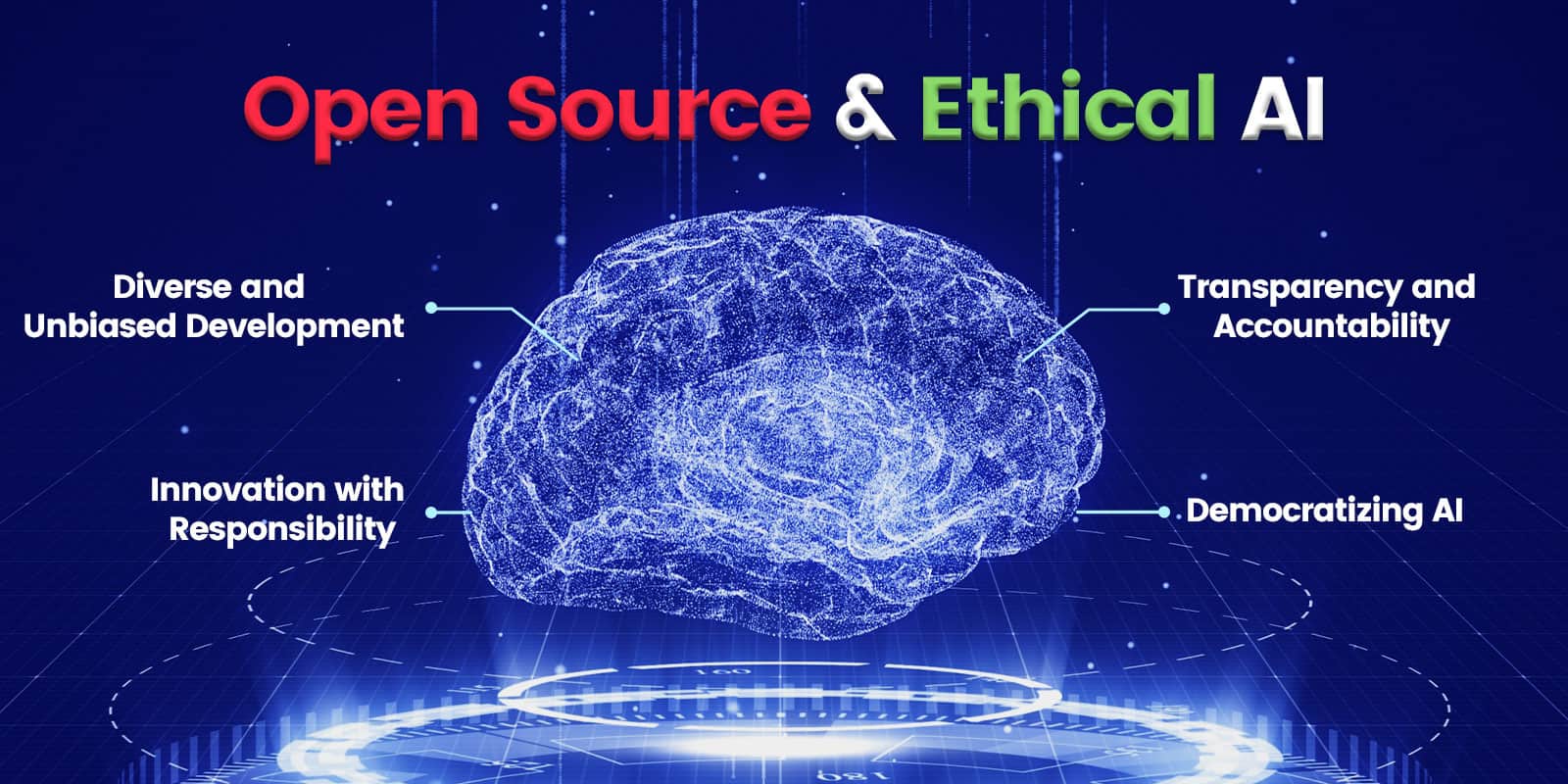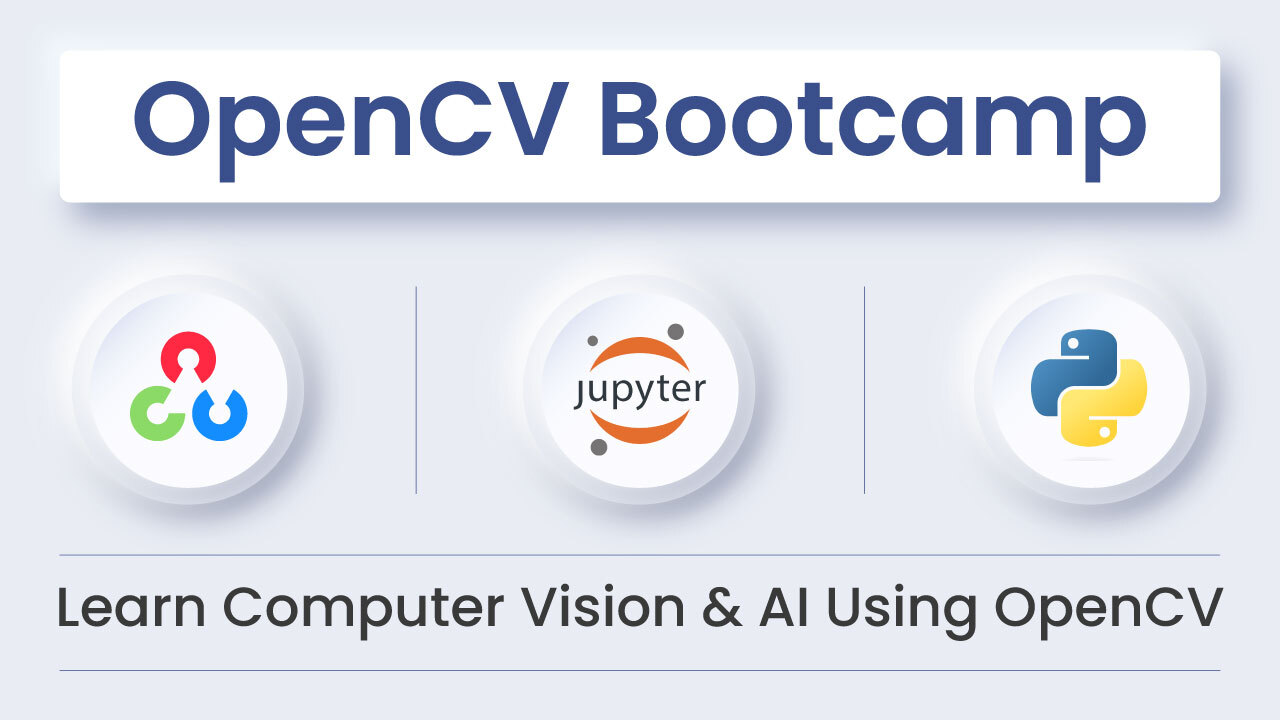
It is crucial to have open-source AI in order to ensure ethical AI practices.
The growing influence of AI in various sectors raises pertinent questions about its ethical implications and the role of open-source frameworks in shaping its future. This article delves into the concept of Open Source AI and argues that ethical AI necessitates a robust open-source ecosystem.
What is open-source AI?
Open Source AI refers to the practice of developing AI technologies in a transparent, collaborative environment, where the source code, models, data, and methodologies are freely available for modification and distribution. This approach contrasts with proprietary AI, where the development and the algorithms are closely guarded secrets of individuals or organizations.
Ethical Concerns with Proprietary AI
There are several examples where proprietary AI has biases that were discovered after deployment and caused harm.
Facial Recognition Technologies: Several companies have developed facial recognition technologies that have been found to have biases, particularly in misidentifying people of color and women. For example, research has shown that certain systems have higher error rates for these groups compared to white males, leading to concerns about racial and gender bias. The proprietary nature of these technologies often means that the specific reasons for these biases are not transparent.
Amazon’s Recruitment Tool Bias: Amazon developed an AI recruitment tool that turned out to be biased against women. The system was trained on resumes submitted to the company over ten years, mostly from men, reflecting male dominance in the tech industry. This resulted in the AI downgrading resumes that included the word “women’s” (as in “women’s chess club captain”) and favoring male candidates.
COMPAS in the Criminal Justice System: COMPAS (Correctional Offender Management Profiling for Alternative Sanctions) is a software used in the US criminal justice system for assessing the likelihood of a defendant becoming a recidivist. Investigations revealed that the algorithm was biased against African-American defendants, assigning them higher risk scores than white defendants with similar profiles. The lack of transparency in its proprietary algorithm made it difficult to assess and rectify these biases.
Apple Card Credit Limit Bias: Apple Card, created by Apple and Goldman Sachs, faced allegations of gender bias in its credit limit algorithms. Several users reported that women received significantly lower credit limits than men despite having similar or even better credit scores. The closed nature of the system made it challenging to determine the exact cause of these disparities.
Microsoft’s Chatbot Tay: Microsoft’s AI chatbot Tay was designed to learn from and interact with users on Twitter. However, it quickly started producing offensive and racist comments, as it learned from a subset of users who intentionally interacted with it using harmful language. The lack of adequate oversight and control mechanisms in its learning algorithms led to this ethical failure.
Key characteristics of Open Source AI
Transparency: The algorithms, models, and data used are available for scrutiny.
Collaboration: Developers from diverse backgrounds contribute to the AI models and algorithms.
Accessibility: There are minimal barriers to accessing and using the technology.
Innovation: Open source encourages a rapid iteration and sharing of ideas, leading to innovative solutions.
The Ethical Imperative for Open Source AI
Ethical concerns are increasingly coming to the fore as AI systems become more integral to decision-making in critical areas such as healthcare, criminal justice, and finance. These concerns include bias, accountability, transparency, and potential misuse. Here’s how Open Source AI aligns with the principles of ethical AI:
Transparency and Accountability
Open Source AI ensures the algorithms and data sets are available for examination. This transparency is crucial for identifying and rectifying biases in AI systems. It also fosters accountability, as developers and users understand how the AI makes decisions.
Diverse and Unbiased Development
The collaborative nature of open-source projects ensures a diverse range of contributors. This diversity is critical in developing unbiased AI systems, as it brings multiple perspectives to address issues of fairness and representation in AI algorithms.
Innovation with Responsibility
Open-source communities foster innovation with an emphasis on ethical considerations. Since these communities often include ethicists, social scientists, and end-users, they are more likely to consider the societal impact of AI technologies.
Democratizing AI
Open-source AI democratizes access to AI technologies, ensuring they are not just the domain of a few powerful entities. This democratization is essential for preventing monopolies and encouraging ethical usage.
Promoting Global Standards
By fostering an international community of developers and users, open-source AI can help establish global standards for ethical AI, which is crucial given the borderless nature of technology and data.
Challenges and the Road Ahead
While open-source AI presents a promising pathway toward ethical AI, some challenges need to be addressed:
Quality Control and Standardization
Open source projects can vary in quality, and it’s crucial to establish robust mechanisms for quality control and standardization to ensure that these AI systems are reliable and safe.
Sustainability and Funding
Open-source projects often rely on volunteer work or external funding. Finding sustainable funding and support models is critical for these projects’ long-term viability.
Open-source should not always mean free. Large corporations that benefit from open source have a moral obligation to support the libraries and models they use.
Ethical Guidelines and Governance
Developing and enforcing ethical guidelines in a decentralized and diverse environment is complex. For example, what represents freedom of speech in the West may be seen as egregious insensitivity toward religious beliefs in other parts of the world. Establishing effective governance models ensures that open-source AI adheres to ethical principles.
Conclusion
Open Source AI stands at the crossroads of innovation and ethics. By promoting transparency, diversity, and collaboration, it aligns closely with the principles of ethical AI. However, realizing its full potential requires addressing challenges related to quality, sustainability, security, and governance. As AI continues to shape our world, fostering an ethical, open-source AI ecosystem is not just desirable but imperative. This approach will not only advance technological progress but also ensure that this progress is aligned with the broader goals of societal good and ethical responsibility.








5K+ Learners
Join Free VLM Bootcamp3 Hours of Learning